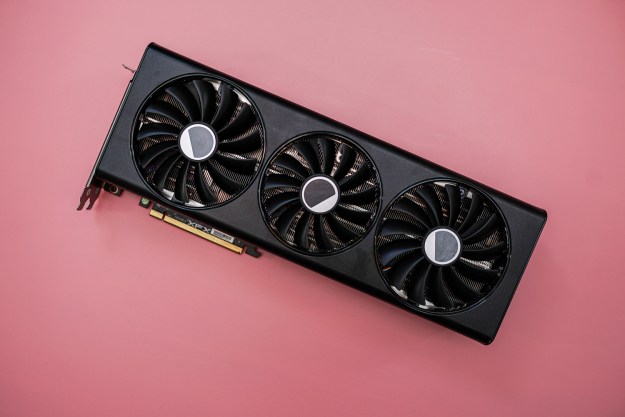The high-altitude internet balloons operated by Google parent Alphabet are improving all the time, with one of them recently floating in the stratosphere for a record 312 days, covering a distance of about 135,000 miles.
As part of the ongoing “Loon” project aimed at building a platform capable of providing internet connectivity to remote locations and areas hit by disasters, the team is working to improve the design of its high-altitude balloons to enable them to stay in the sky for longer. Extended flights will help to reduce the system’s overall costs and improve coverage for users on the ground.
The balloon, which smashed Loon’s previous flight record by 89 days, launched from Puerto Rico in May 2019. From there it navigated to Peru at an altitude of around 12 miles (20 km) before clustering with other Loon balloons to provide a test internet service for a part of the nation that had lost its ground-based internet infrastructure in a recent earthquake.
Loon’s long-flying balloon was then sent south and then east to float on high-altitude winds for another seven months, circumnavigating the globe via the South Atlantic Ocean, Indian Ocean, and South Pacific Ocean. Finally, it landed in Baja, Mexico, where Loon’s recovery team collected it for analysis.
The balloon came down in March 2020 but the team has only just shared details of the record-breaking flight.
“This new duration record is exciting not because we flew one balloon for 312 days, but because it is a very visible indicator that our efforts to make all of our flight systems last longer is working,” Loon chief technology officer Salvatore Candido wrote in a blog post about the feat.
The fact that the balloons can travel vast distances is important as it means they can be navigated to particular locations as and when required, for example, in the event of a natural disaster when communications infrastructure has been damaged. When they reach their destination, adjustments in their altitude (to catch varying wind movements) enable the balloons to be arranged in a cluster over a particular location to provide consistent coverage.

Google brought Loon to life in 2011 with the idea of using clusters of balloons to deliver internet to underserved communities on the ground.
“It’s easiest to think of them as floating cellphone towers,” a Loon spokesperson told Digital Trends in 2018. “Loon works with mobile network operators to extend their networks to unconnected or under-connected communities.”
A Loon flight system is made up of three main parts. First, the balloon, which keeps the system in the sky. Second, a component containing all of the hardware necessary for navigation and safe operations. And third, a section housing the communications equipment required for connecting users on the ground.
While the project is still in the testing phase, the technology has already been used in real-world scenarios, as we saw in Peru following the 2019 quake. In other examples, Loon partnered with AT&T in 2017 to use the balloons to restore cellular and LTE services to more than 100,000 people in Puerto Rico after a hurricane caused serious damage to the island’s connectivity infrastructure, while in July 2020 its balloons were sent skyward as part of efforts to bring 4G coverage to remote parts of Kenya.
Editors' Recommendations
- NASA’s Ingenuity helicopter sets new flight records on Mars
- Artificial sun sets new record, running at 100 million degrees C for 20 seconds
- Virgin Galactic to launch first crewed test flight from New Mexico this month
- TikTok launches its own info hub to ‘set the record straight’
- NASA to send a huge balloon into the stratosphere for deep-space research


